Early research shows replacing brain immune cells slows a rare brain disease, with potential implications for treating Alzheimer’s and other neurodegenerative disorders.
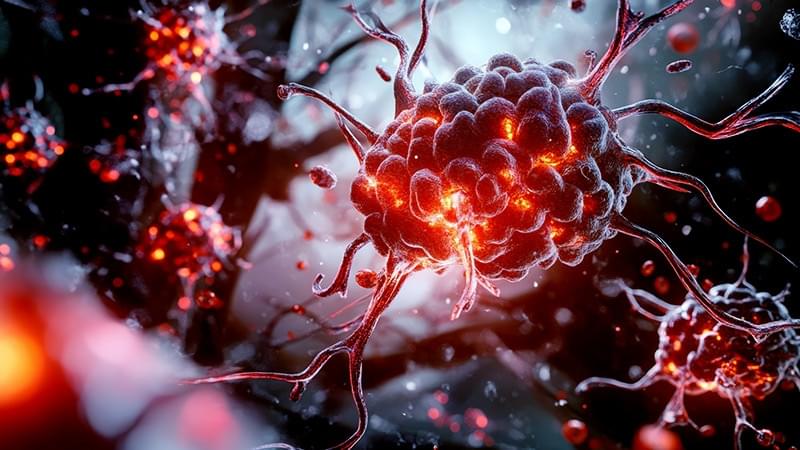


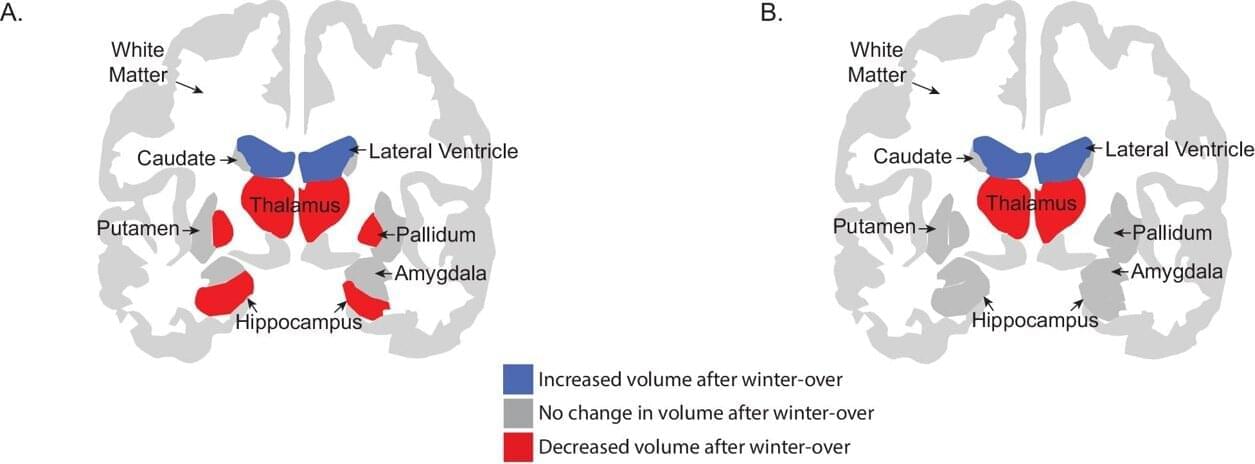
Brain researchers at the University of Pennsylvania have detailed temporary reductions in gray matter following prolonged isolation in Antarctica. Structural losses were most apparent in regions governing memory and spatial processing. Longer sleep durations and higher sleep efficiency corresponded with smaller changes in brain volume.
Findings may have implications for how astronauts’ brains adapt under the psychological and environmental pressures of deep space missions, where prolonged isolation, limited movement, and disrupted sleep are inherent to the experience.
Chronic stress alters the brain. Not through a single trauma, but through sustained environmental pressures of extreme temperatures, social confinement, monotony, hypoxia, and irregular sleep. Such conditions converge in spaceflight, where astronauts endure prolonged exposure to isolated, confined, and extreme (ICE) environments.
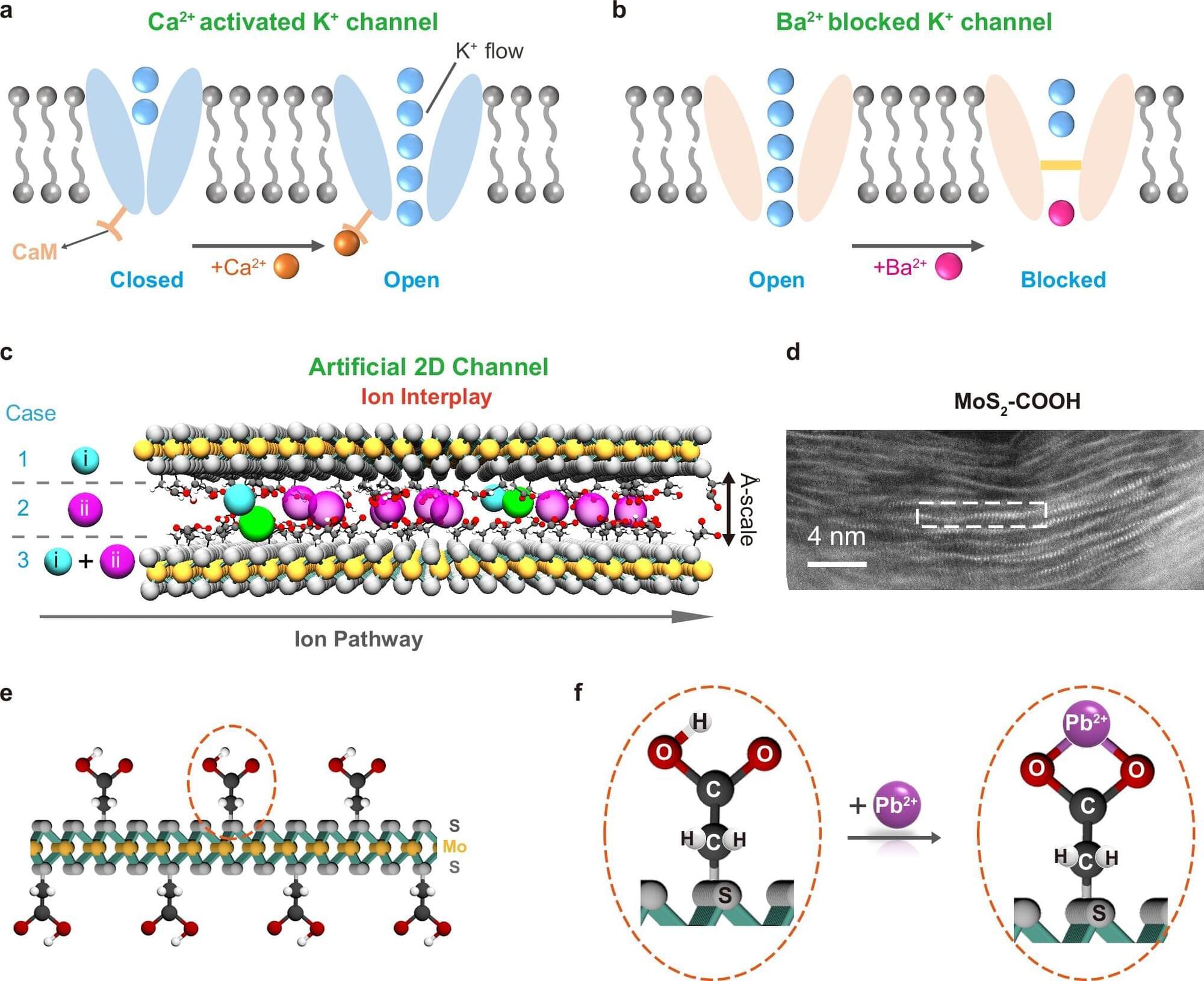

Now, with the introduction of AI systems trained on years of real-world data, many of those tasks can be automated at scale—in most cases, with greater speed and consistency than a human working alone. The business impact is immediate and measurable.
To use AI effectively in frontline defense, it must do more than process data. It has to understand how your organization assesses risk and learn to make decisions that protect both security and business continuity. We’re seeing that this is especially valuable for clients with high customer activity, where security teams are flooded with alerts that demand fast, accurate decisions to maintain service levels.
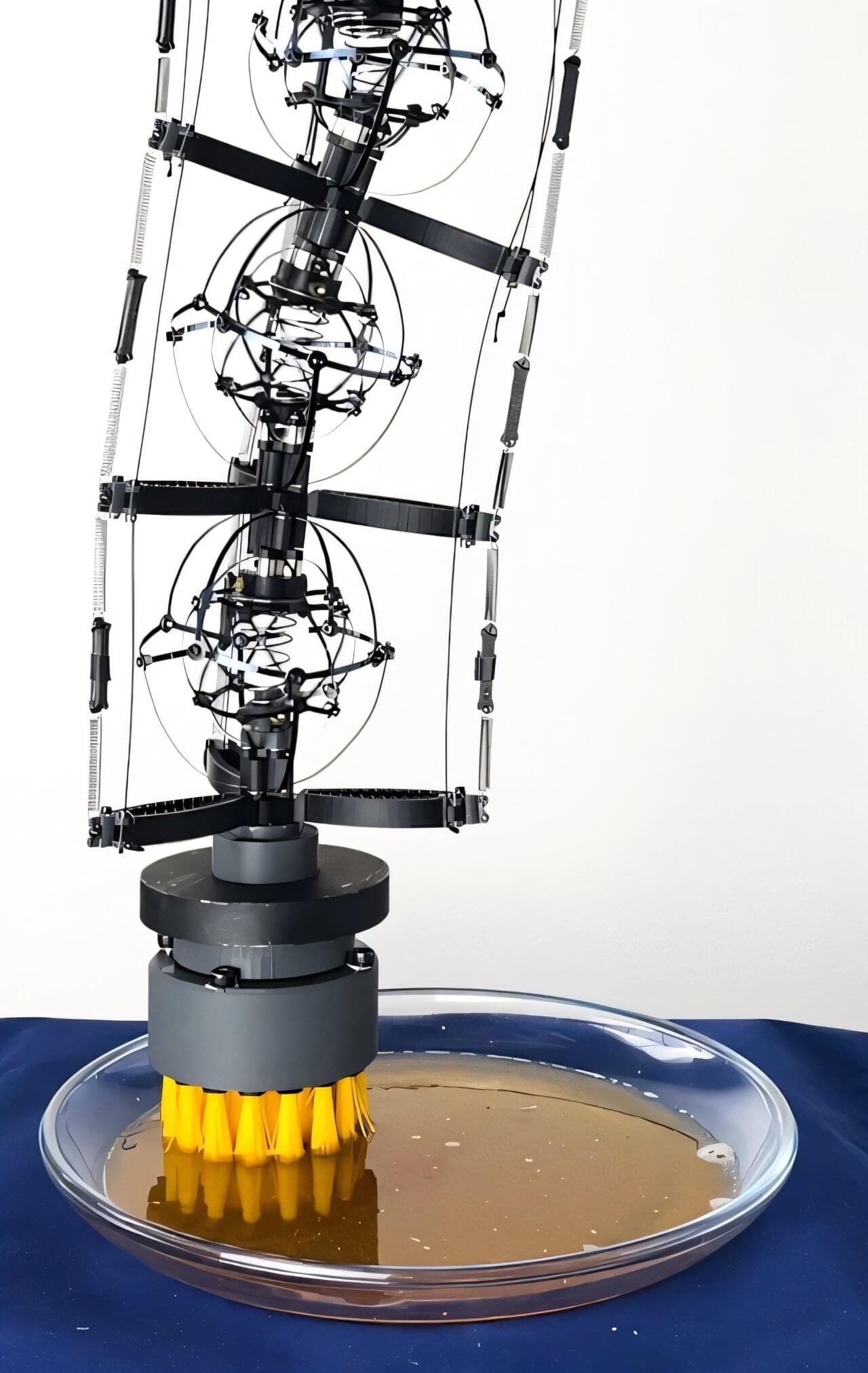
While the advent of robotic systems that can complete household chores has been widely anticipated, those commercially released so far are primarily robot vacuums that autonomously clean the floor. In contrast, robots that can reliably clean surfaces, tidy up, cook or perform other tasks in home environments are either too expensive or have not yet reached the market.
Researchers at Northeastern University recently developed SCCRUB, a soft robotic arm that can complete a chore beyond hoovering and mopping, which many people find tedious, namely scrubbing surfaces clean. The new robotic arm, introduced in a paper on the arXiv preprint server, was found to successfully clean dirty, burnt and greasy surfaces, removing over 99.% of residue adhered to them.
“Our recent study builds on one of our earlier papers published in Science Robotics,” Jeffrey Lipton, senior author of the paper, told Tech Xplore. “We knew we had a new type of robot arm that could deliver the power of a drill through a soft robotic arm. We wanted to show what else we could do with this new platform.”
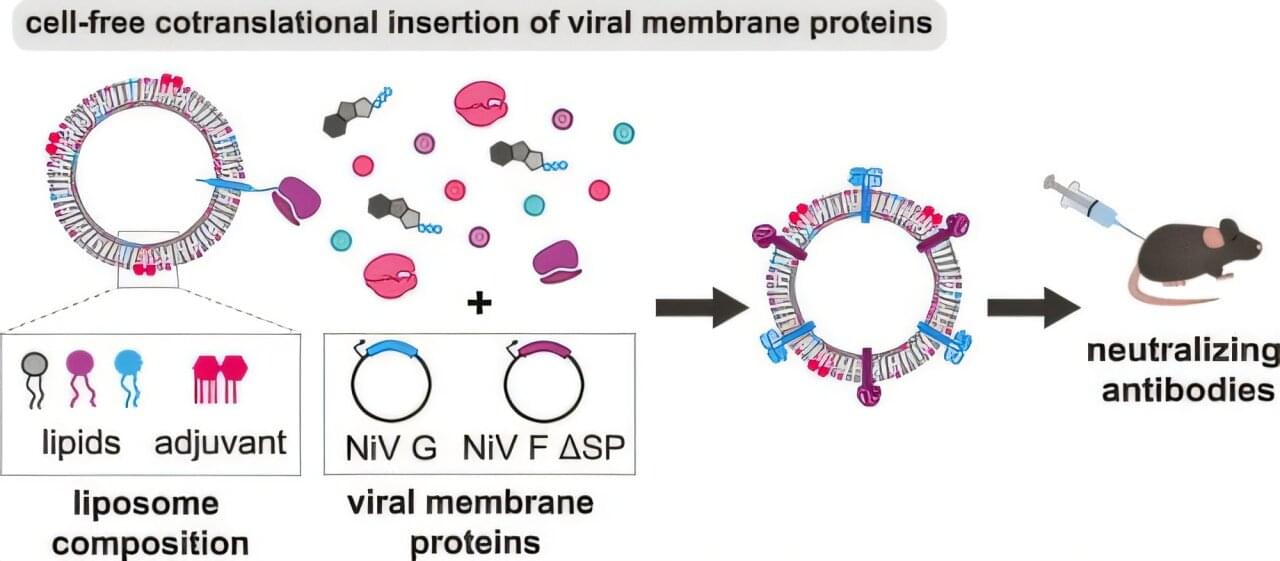
Researchers from Cornell and Northwestern universities have developed a rapid, cell-free method for building nanoparticle vaccines that mimic viruses at the molecular level, offering a powerful new tool for responding to emerging pandemics.
By producing and folding full-length viral membrane proteins directly into synthetic lipid bubbles called liposomes, the technique creates vaccine candidates in hours, rather than weeks or months, and could pave the way for faster, more adaptable immunization strategies against deadly viruses like Nipah.
The research, presented in the paper “Cell-Free Expression of Nipah Virus Transmembrane Proteins for Proteoliposome Vaccine Design,” was published in the journal ACS Nano.
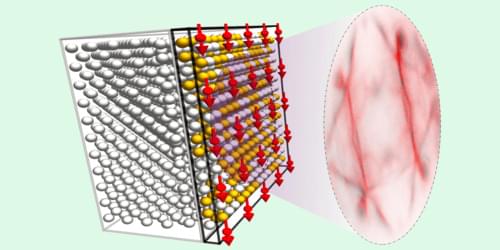
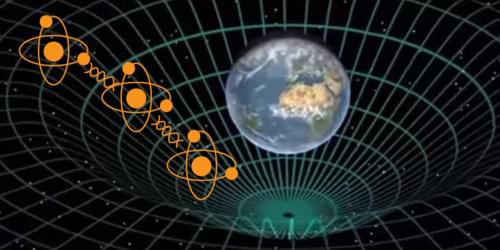
A proposed experiment could shed light on the unknown interplay of quantum theory and general relativity.
Quantum theory has been remarkably successful ever since its inception 100 years ago. And yet, there is a glaring mismatch between the discrete, quantum nature of matter and the apparent continuous, classical nature of spacetime, in which matter resides and interacts. This disparity raises profound questions. Does spacetime have indivisible units, or quanta, even though it does not seem to be divisible like matter [1, 2]? And if so, do these quanta have observable signatures, and do they influence other areas of physics? Now Jacob Covey at the University of Illinois Urbana-Champaign and his colleagues have proposed a way to address these questions [3]. Their strategy involves using a widely distributed quantum state to probe the essential features of quantum theory in the curved spacetime of Earth’s gravitational field.
The team’s proposal is relevant to the problem of quantum gravity—that is, how to coherently and logically combine quantum theory and the general theory of relativity [4]. Many researchers consider this problem to be one of the greatest unsolved puzzles in physics (although some still think that gravity should not be quantized and that the whole concept of quantum gravity might be fundamentally misguided [5]). But compared with other thriving areas of quantum theory and its manifold applications, quantum gravity remains an almost entirely theoretical enterprise that is pursued through string theory, loop quantum gravity, and many other approaches [4]. It is thus inherently nonempirical and speculative, constrained only by our current knowledge of quantum theory and general relativity.
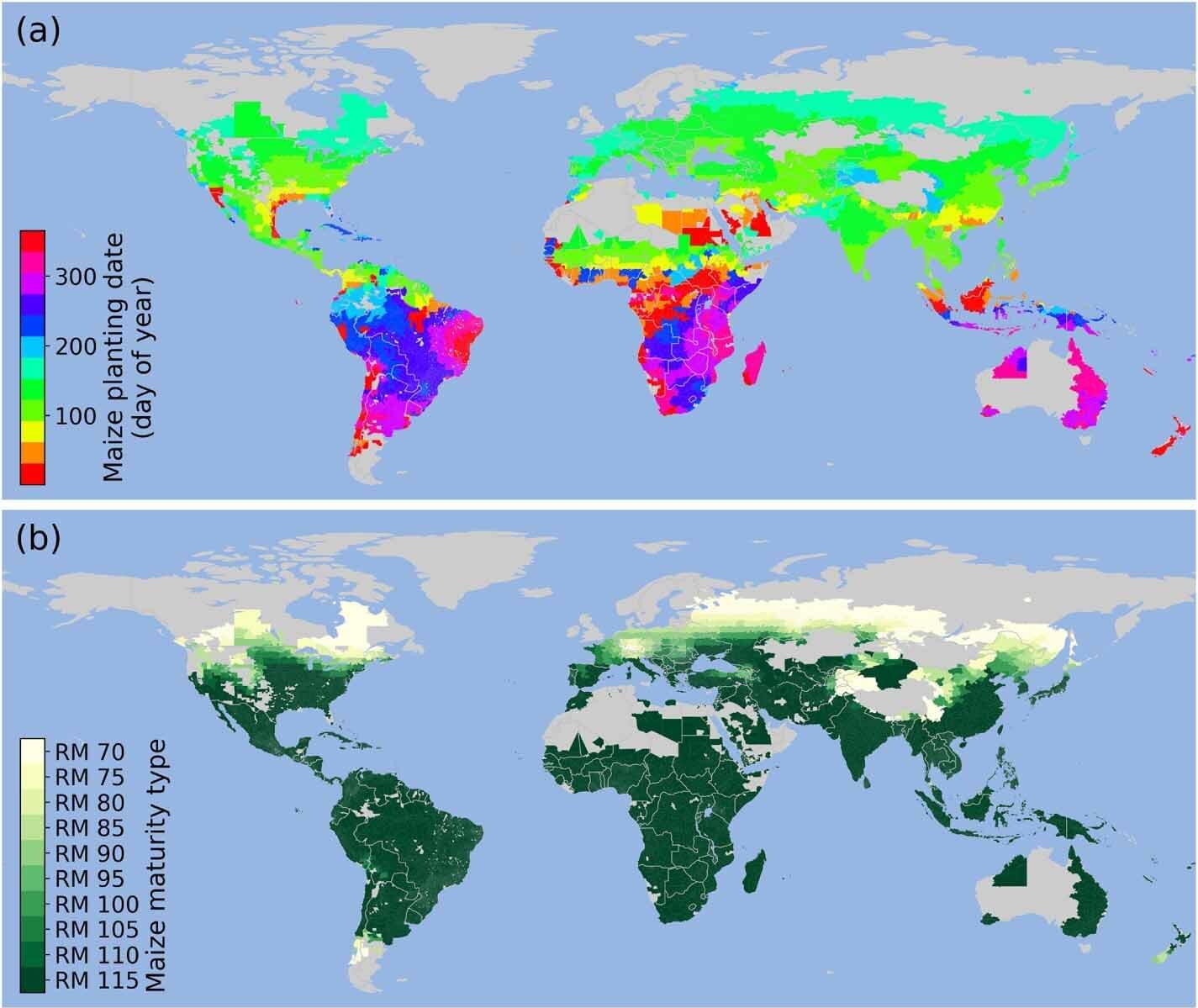
A nuclear winter is a theoretical concept, but if the climate scenario expected to follow a large-scale nuclear war, in which smoke and soot from firestorms block sunlight, came to fruition, global temperatures would sharply drop, extinguishing most agriculture. A nuclear winter could last for more than a decade, potentially leading to widespread famine for those who survive the devastation of the bomb blasts.
Now, a team led by researchers at Penn State have modeled precisely how various nuclear winter scenarios could impact global production of corn—the most widely planted grain crop in the world. They also recommended preparing “agricultural resilience kits” with seeds for faster-growing varieties better adapted to colder temperatures that could potentially help offset the impact of nuclear winter, as well as natural disasters like volcanic eruptions.
In findings recently published in Environmental Research Letters, the team reported that the level of corn crop decline would vary, depending on the scale of the conflict.